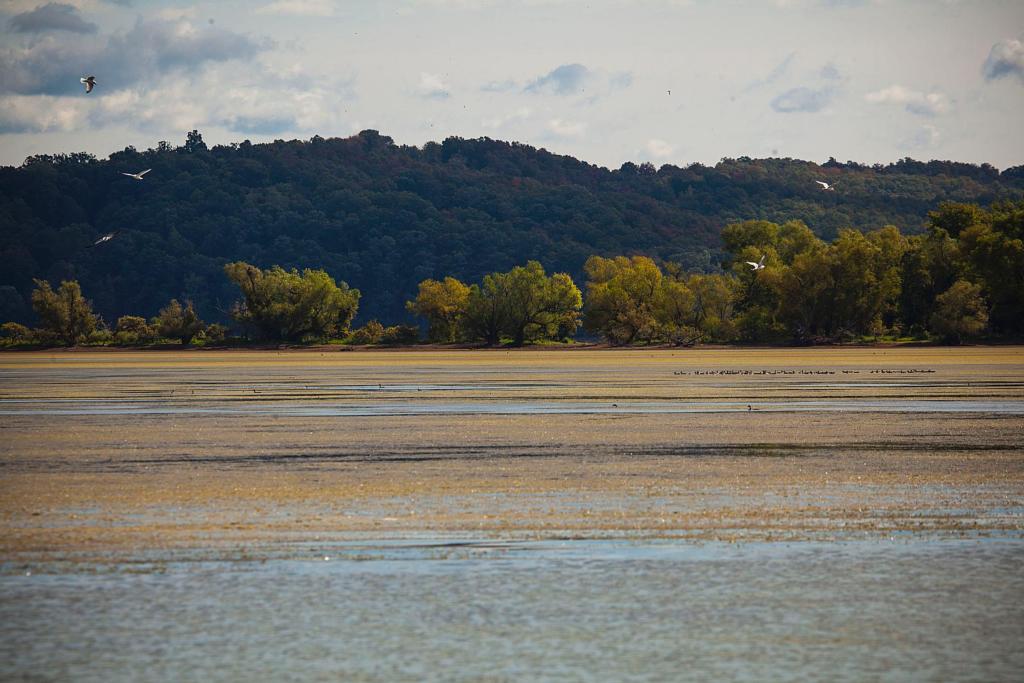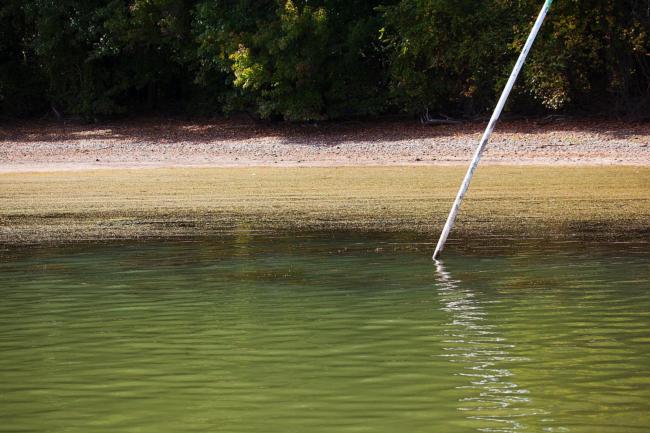Pro Tips Weekly: Cheez-It pro Shinichi Fukae

When the Grass-Line Party is Over
In late summer, one fishing pattern is to flip and pitch jigs or soft plastics, or to fish frogs, in matted grass where bass are hunting for bluegills and minnows to eat. When does this pattern stop? I think that will depend on the lake conditions you fish, but that pattern will usually end in late fall. That’s because the water temperature falls, and most of the bluegills and other minnows leave to find better conditions.
Some fish will stay in grass, but their status won’t be as active as in summertime. The best way to know for sure when this pattern is over for the year is to fish a mat where you caught fish all summer. But there are other signs, too, such as when you see the grass starting to die, you can’t hear the bluegills popping under the grass or you don’t see the holes in the mats made by bass when they go after baitfish. Your observations tell you that there is no fish vitality in the mat, and your fishing results confirm it.
Before you give up, fish the outside edges of the mat where the water is deeper. Try some different presentations like fast-moving baits (crankbaits, spinnerbaits, ChatterBaits, etc.). If that doesn’t work, go find where the baitfish have moved to. Maybe they didn’t go far. Find them and you will find the bass. Then fish accordingly.

